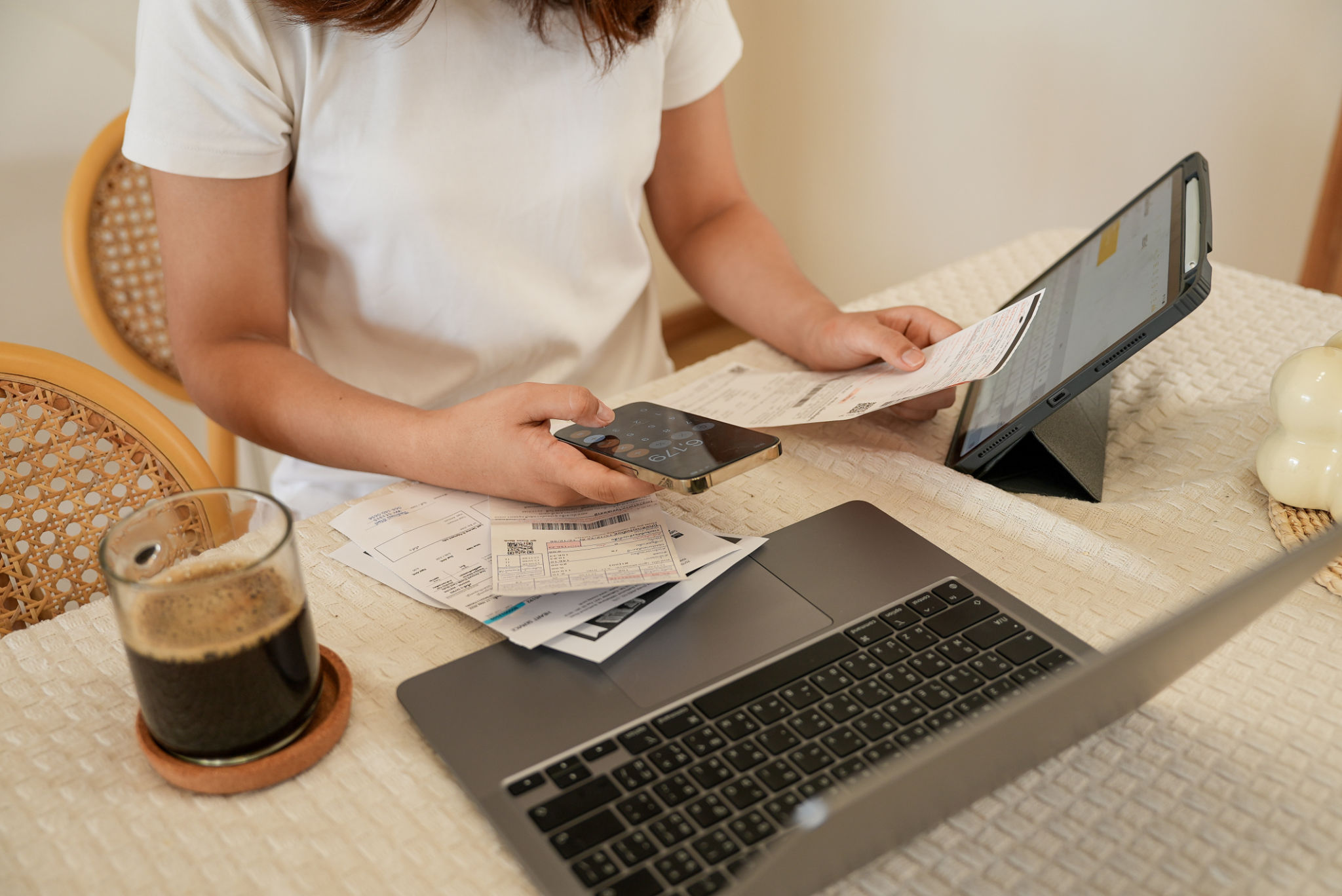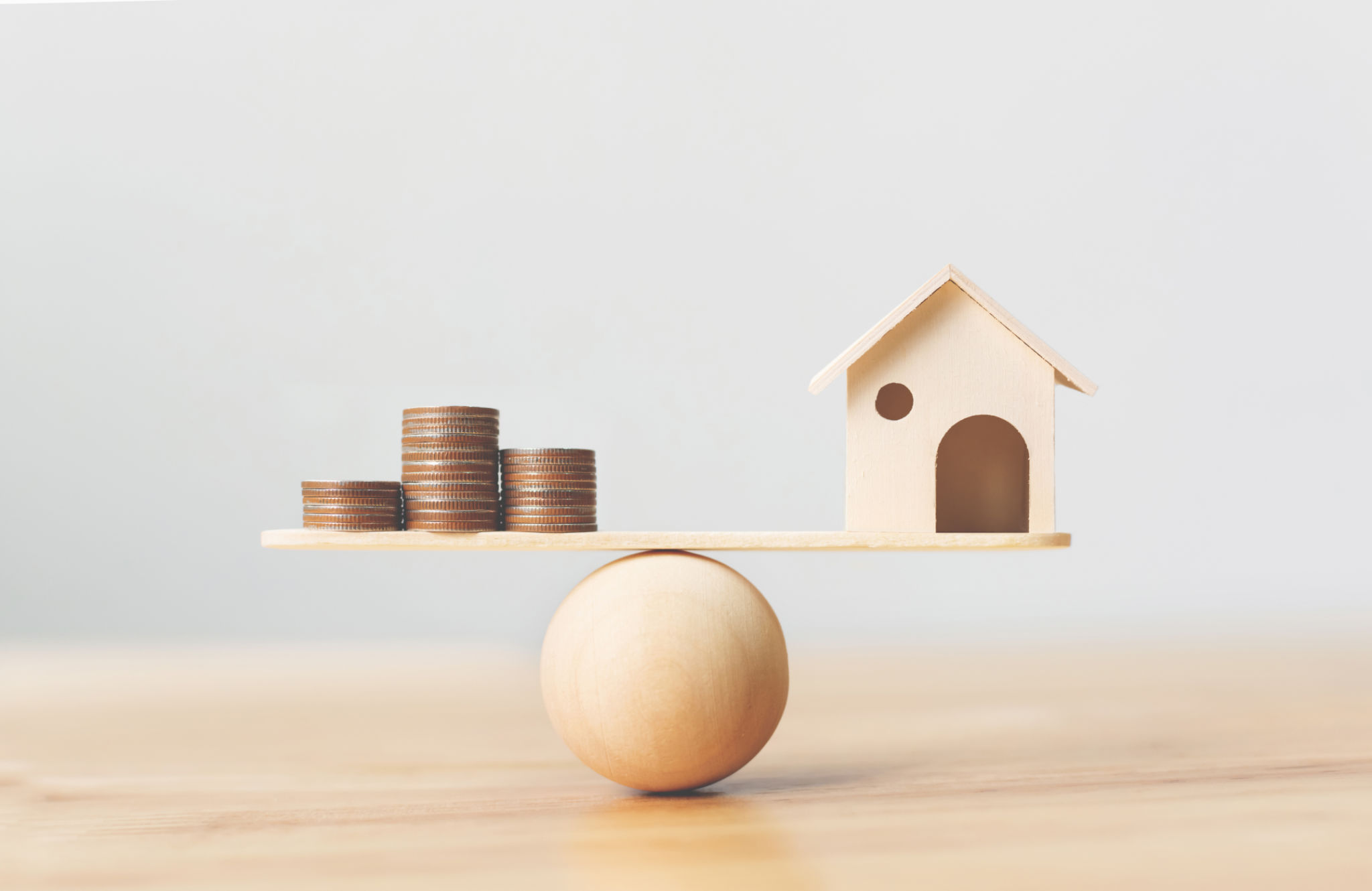How to Prioritize Debt Payments with a Personal Finance App
Understanding Your Debt Situation
Managing debt can be overwhelming, especially when you're juggling multiple loans with varying interest rates and due dates. A personal finance app can be a powerful tool to help you organize and prioritize your debt payments effectively. The first step in using such an app is to understand your current financial situation. List all your debts, including credit cards, student loans, car loans, and any other liabilities. Note the balance, interest rate, and minimum payment for each.

Categorizing Your Debts
Once you have a clear picture of your debts, it's time to categorize them. Most personal finance apps allow you to group debts by type or priority. Consider categorizing by interest rate or outstanding balance. This will help you visualize which debts are costing you the most and require immediate attention. High-interest debts, like credit card balances, often take precedence over lower-interest ones.
Setting Up a Payment Strategy
With your debts categorized, the next step is to establish a payment strategy. There are two popular methods: the Avalanche method and the Snowball method. The Avalanche method focuses on paying off debts with the highest interest rates first, which can save you money on interest in the long run. Alternatively, the Snowball method targets the smallest debts first, providing psychological wins that can motivate you to continue paying off debt.

Using App Features Effectively
Personal finance apps offer various features that can streamline your debt management process. Set up reminders for upcoming payments to avoid late fees and penalties. Utilize budgeting tools to allocate funds efficiently towards debt repayment. Some apps also provide insights into your spending habits, helping you identify areas where you can cut back and redirect funds to pay down debt faster.
Tracking Your Progress
Monitoring your progress is crucial in staying motivated and ensuring you're on track with your debt repayment plan. Most personal finance apps allow you to visualize your debt reduction over time through charts and graphs. Regularly review these visuals to see how far you've come and adjust your strategy as needed. Celebrate small victories and milestones to maintain momentum.

Adjusting Your Strategy
Your financial situation may change over time, necessitating adjustments to your debt repayment strategy. Whether it's a change in income, unexpected expenses, or new debts, be prepared to revisit and revise your plan. Use the flexibility of your personal finance app to update your debt information and payment priorities accordingly. Staying proactive will ensure you continue progressing toward a debt-free future.
The Benefits of Consistency
Consistency is key when it comes to managing debt. Regularly making payments and sticking to your strategy will yield the best results over time. Automate payments where possible to ensure you're never late. Even small, consistent payments will chip away at your debt and bring you closer to financial freedom. Remember, the journey may be long, but persistence pays off.

Seeking Additional Support
If managing debt becomes too overwhelming, don't hesitate to seek additional support. Many personal finance apps offer access to financial advisors or forums where you can ask questions and get advice. Additionally, consider consulting a financial planner who can provide personalized guidance based on your unique situation. Remember, you're not alone in this journey, and there are resources available to help you succeed.